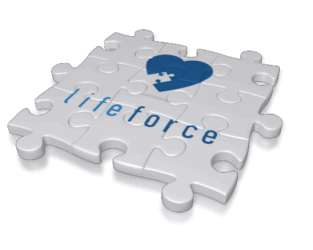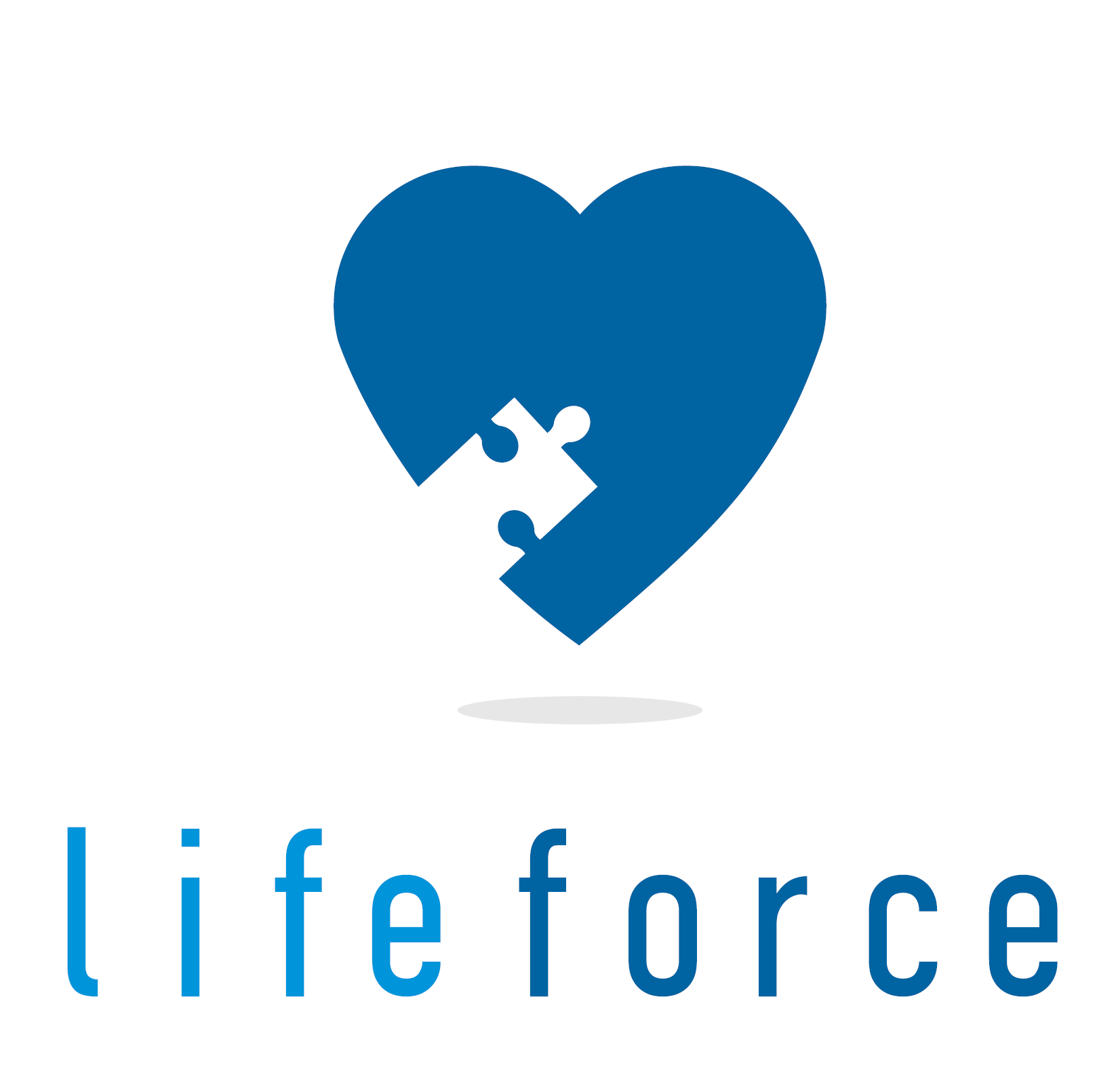
Out of hospital cardiac arrest (OHCA) is the third-leading cause of death in industrialized countries. In Europe, it affects over 350,000 people annually.
In an OHCA occurrence, provision of Cardiopulmonary Resuscitation (CPR) within the first 2-3 minutes could save 100,000 of those people. However, timely access to healthcare, which is a key principle of the European Pillar of Social Rights, is not certain, since timely CPR would have to be provided by bystanders, who would have to be properly trained laypeople, rather than Emergency Medical Technicians, not likely to be on the scene during those first critical minutes.

The realistic and sustainable solution to this problem is to train a sufficiently large portion of the general population in CPR (roughly 15%). The most suitable group to receive this training are school children, whose main activity is learning, and who will readily absorb new knowledge and skills.
Respectively, the optimum environment in which to provide education and training is the school environment, which offers equal access to all children, regardless of financial, social, religious, racial or ethnic background and allows them to function as multipliers. Schools also provide a steady supply of potential trainers – the teachers whose role is to educate children.
In 2016, the “Kids Save Lives – ERC position statement on school children education in CPR”, which was endorsed by the World Health Organization, presented this information and suggested training school children above the age of 12 in CPR in all schools. Other research proposes the age of 10 as the minimum age for efficient CPR training, based on physical, cognitive and emotional characteristics.
Project lifeforce (Learning Initiative For Elementary school Fun Oriented Resuscitation Coaching Europewide) has developed a learning methodology, educational tools and an e-learning environment to pre-train pupils aged 6-10 years old in elements of CPR using innovative, learning-by-doing activities, to prepare them for proper CPR training later on. It also aims to cultivate the ideals of solidarity and volunteering and to promote a culture of prevention, well-being and healthy lifestyle across Europe.

-
A modified Basic Life Support algorithm, the lifeforce BLS algorithm, tailored to the cognitive, perceptual, emotional and linguistic level of 6-10 year old children.
-
A comprehensive methodology for petraining of 6-10 year old pupils in CPR and other first-aid topics.
-
A Brainbox-style set of educational cards, which formulate a self-contained teaching tool for teaching the lifeforce BLS algorithm.
The set of 180 cards includes lesson structure, Bloom’s taxonomy and UDL suggested activities, Body Anatomy, Social-Emotional skills, Breathing games, airway obstruction, BLS scenarios, lifeforce songs, BLS yoga poses, language/communication skill activities, cognitive-perceptual skill activities, emotional scenarios and relevant vocabulary.
-
A Pupil’s handbook with original activities to cover all of the aforementioned skills. Activities were divided in two groups: 6-8 and 8-10 year old children, to accommodate their cognitive level.
-
A lifeforce alphabet story. This is an original children’s story written so as to help children connect to the lifeforce BLS algorithm, and to also help them retain the basic BLS vocabulary. It is accompanied by a series of activities, which are meant to help pupils exercise the skills they were taught, and to also act as “multipliers”, bringing the message of BLS to their families and prompting them to be interested and involved with learning how to deal with a cardiac arrest victim.
-
A Teacher’s handbook, which covers the necessary Basic Life Support knowledge regarding lifeforce, detailed instructions on how to use all the material, and methods (suggestions) to expand the teaching methodology to other learning activities, besides first aid training.It includes all the thematic sections from the BrainBox-style cards (lifeforce Lesson structure, Bloom’s Taxonomy, UDL, Body anatomy, Social-Emotional skills, Breathing games, lifeforce BLS algorithm – activities, Airway obstruction, BLS scenarios, lifeforce Songs, lifeforce BLS Yoga poses, Language-Communication skills, Cognitive-Perceptual skills). For each thematic section a theoretical framework is provided, along with educational tips and activities for levels 1 and 2. A suggested lesson structure is also included, and the material both in the BrainBox-style cards and in the Teacher’s handbook has been developed based on this structure. Although the BrainBox-style card activities are self-contained, the Teacher’s handbook also acts as a companion to them, expanding their use and offering more teaching possibilities.
-
A simulation based learning environment for pupils, containing all the original material.

